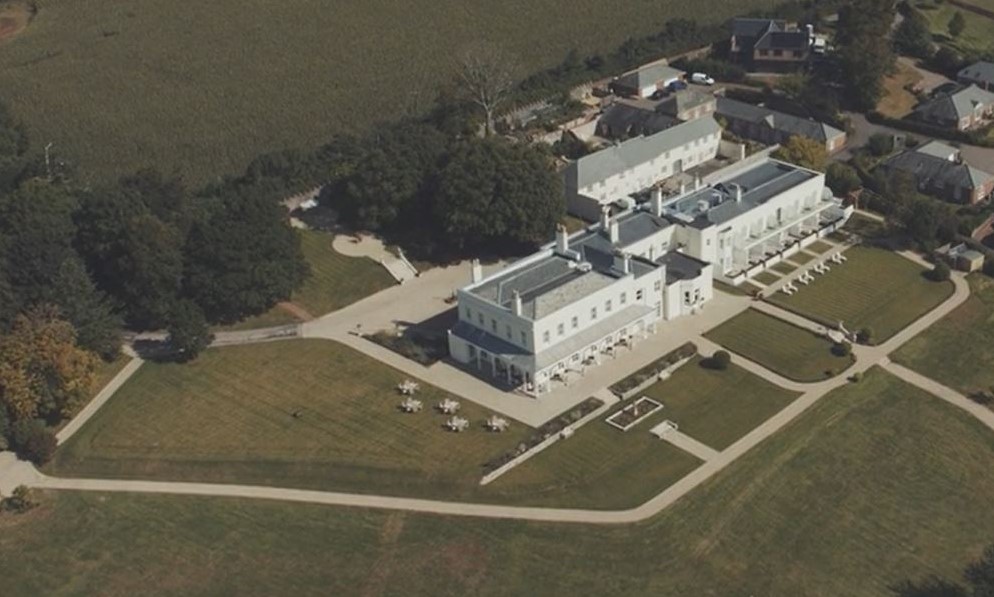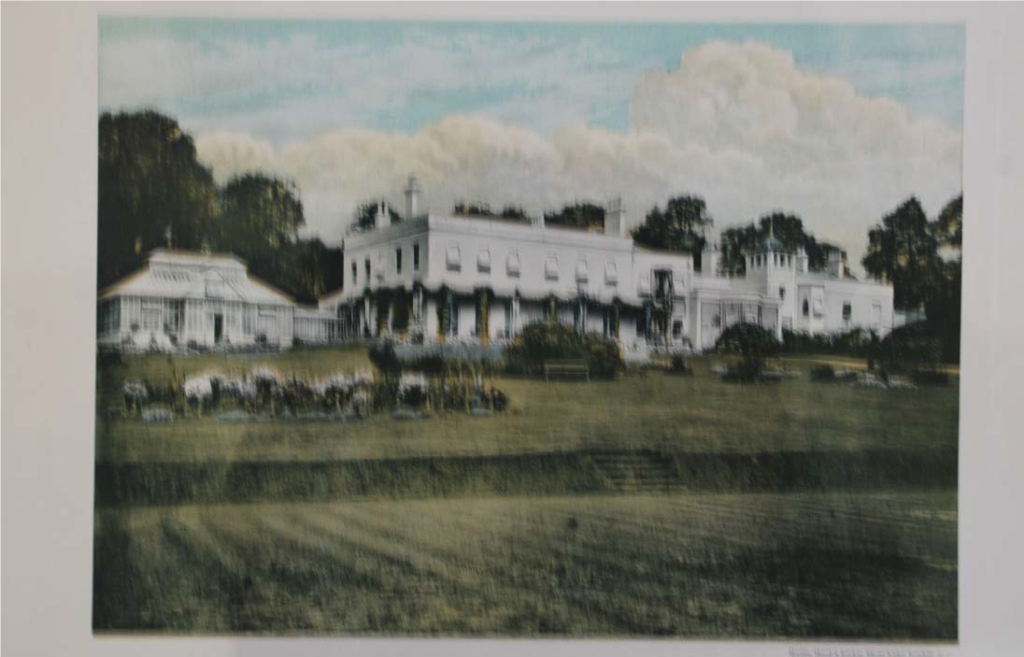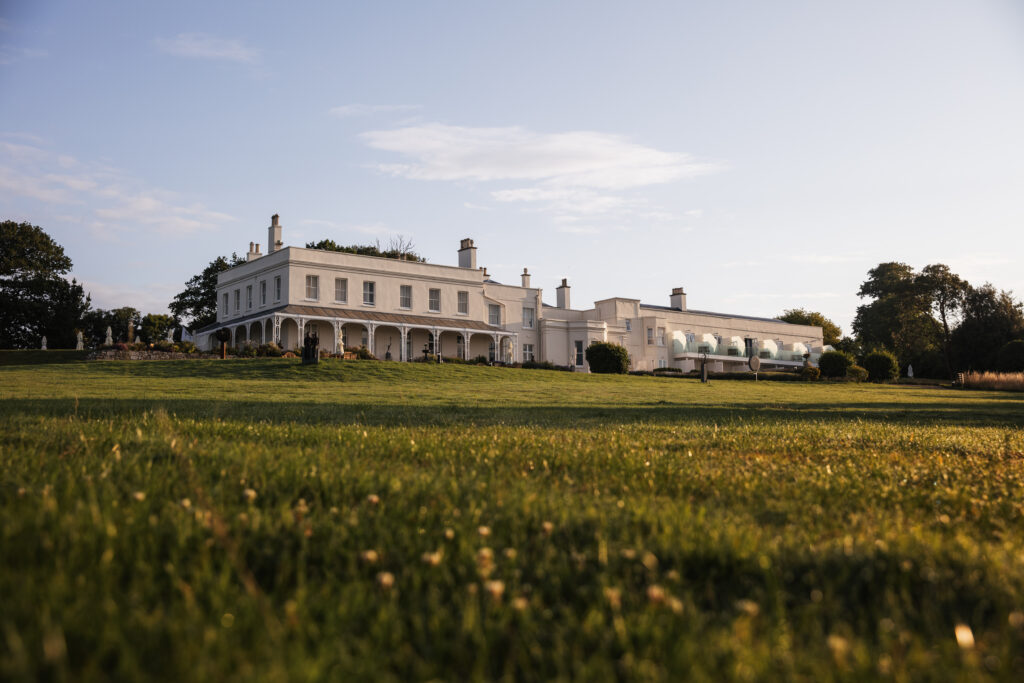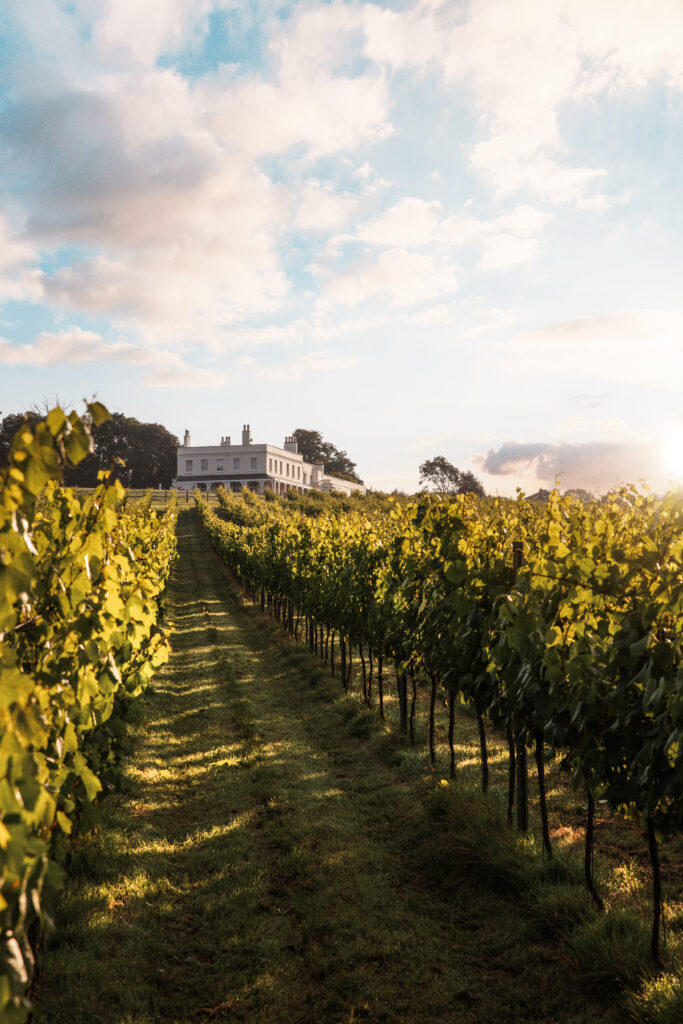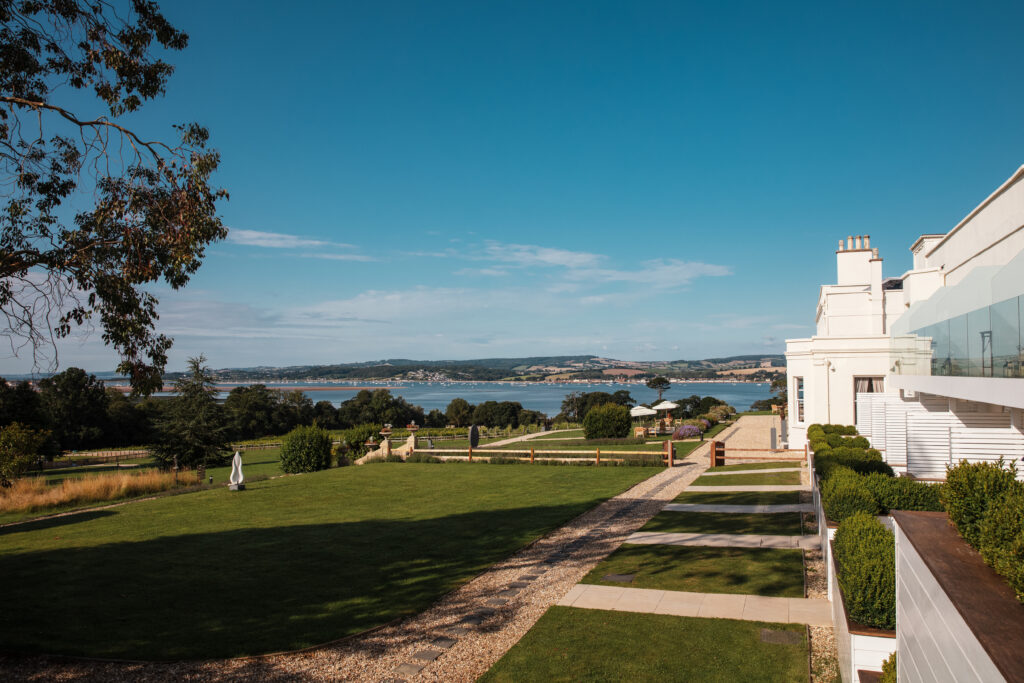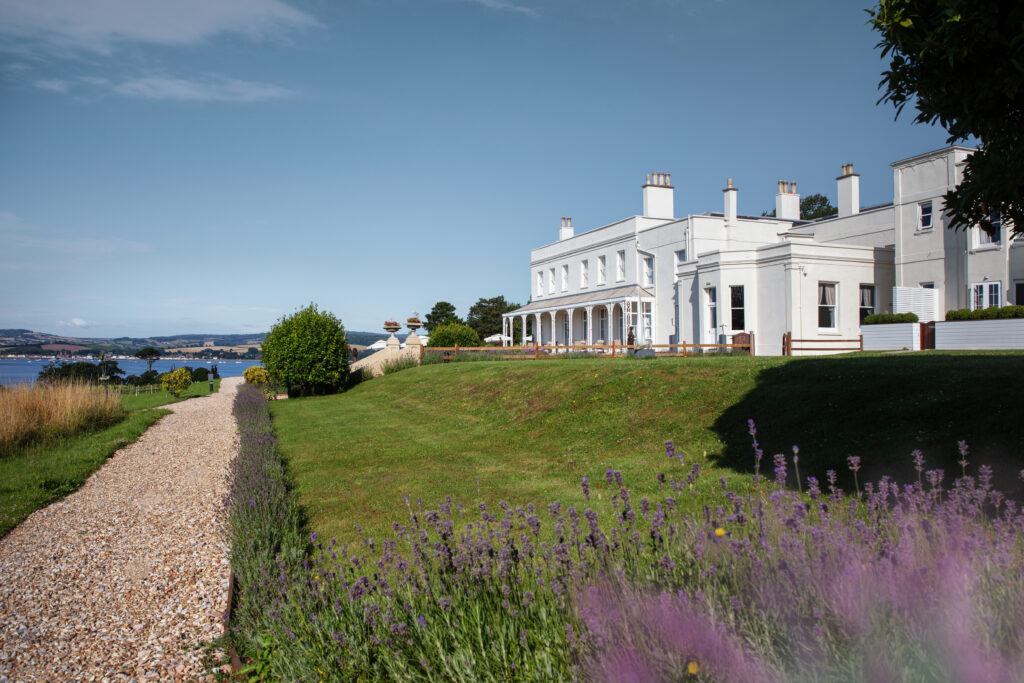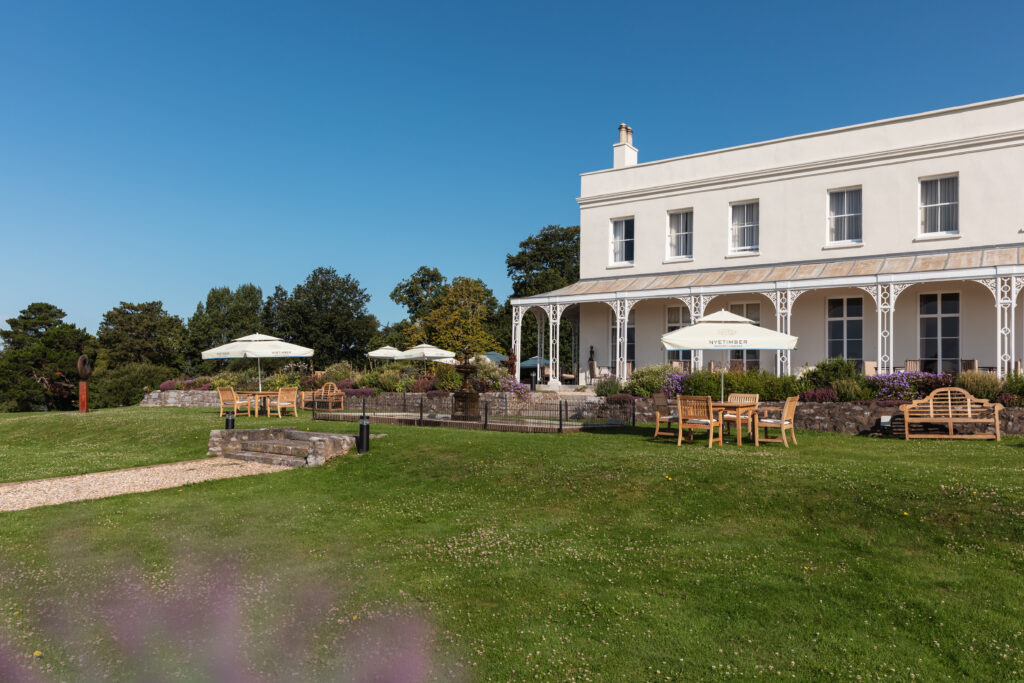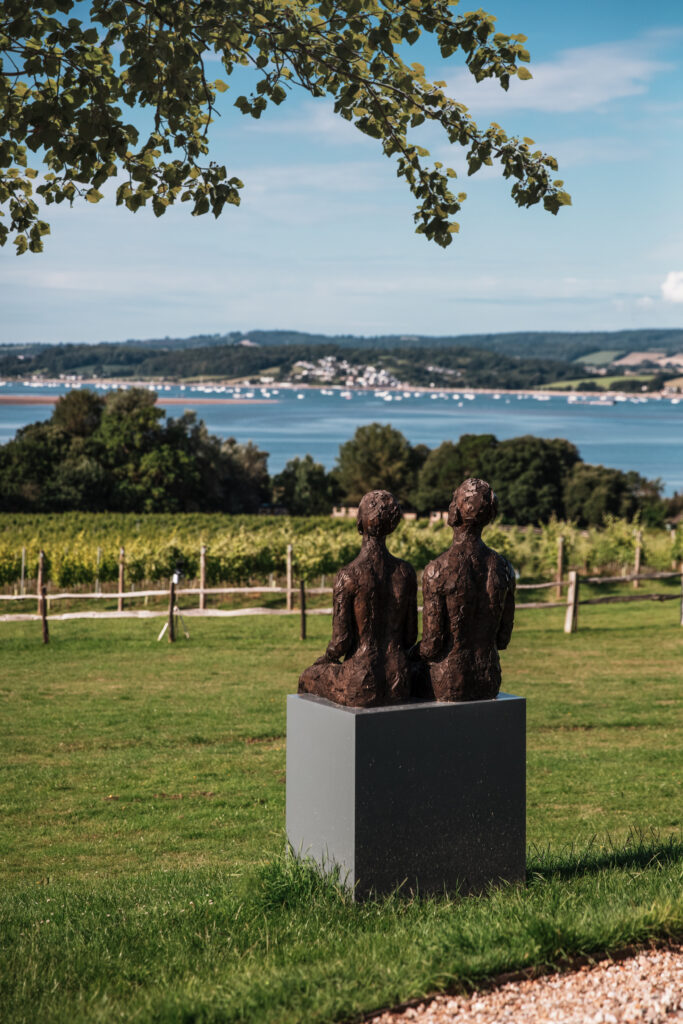A History of a Country House Hotel in Devon.
Lympstone Manor has a vast and interesting history before it became the luxury boutique hotel, restaurant and vineyard that stands here today.
Lympstone as we know it today has been formed from the cohesion of three small Domesday manors, Leveneston (Lympstone), Notteswille (Nutwell) and Sowden. There was a Saxon lord of the manor of Levenestone before the Conquest (1066) who is recorded in the Domesday Book of 1086: he was called Saeward. ‘Lympstone’ is thought to be derived from a word of Saxon origin, and has been variously spelt throughout the ages – Leveneston, Leustona, Veneston, Weleston, Limpston.
During Saxon times, villagers kept a look-out for Danish raiders. It is thought that when needing to escape, families and cattle would have used the old drove roads towards the Common. Field enclosures would have been a prominent part of the landscape during these times.
Medieval Period: During the medieval times, Lympstone and the surrounding area were a hive of activity. Trade, including imports to and from Lympstone, generated activity, population growth and development. The area was a strategic vantage point for trade and exploration and consequently the activity lead to wealth and dispute as well as raids from pirates, including from the Dutch and the Turks. The area flourished and the growth of the urban environment and the intensification of agriculture to support more people was inevitable.
The Baring Family 1760-1829
The Baring family is a German and British family of merchants and bankers they are descended from John Baring (1697–1748), a wool merchant of Bremen who founded a merchant house in Exeter in 1717. His sons Francis Baring and John Baring moved to London, where they founded the John and Francis Baring Company, commonly known as Barings Bank, in 1762. Barings Bank became one of the leading London merchant banks up until its collapse in 1995. The family’s descendants include Diana, Princess of Wales, whose great-grandmother was Margaret Baring, the daughter of Edward Baring, 1st Baron Revelstoke.
Originally a farmhouse, Lympstone Manor was known as Courtlands’ House. Courtland’s was extended by the Baring family from the 1760’s onwards. The Baring Family were responsible for the most dramatic changes to the house. The Picturesque garden design was befitting of the changes, especially with the sweeping veranda. We know that the Baring family added the majority of the additions to the previously simple and much smaller Georgian structure as there are references to the physical status of the house at this time.
The adapted 1760’s building is still observed from the front. Many of the garden’s elements that we see today were established by the Baring family, who owned the property during the period when the ‘Picturesque’ movement had started to be influential. The Lady’s Walk was established by the Baring Family, along with the parkland planting influences of the landscape movement and the more formal garden design around the house. It was during their occupation of Courtland’s that the walled garden was established.
Publications by Trewman’s Exeter Flying Post:
“The manor is seated upon a gentle eminence at the extremity of a lawn, protected on the North and East by full grown plantations and commands fine views of the River Exe, the surrounding country and the sea. The lands are disposed in extensive pleasure grounds, flower gardens, plantations and shrubberies, walled fruit gardens, peach houses, grapery and conservatory and sundry enclosures of park-like land, the whole 70 acres lying within a ring fence and beautifully ornamented with timber….” During the trend of the Regency Design, the Barings created their own sizeable slice of Regency at Courtland’s House. The House was extended and stylised to include landscaped grounds, verandas, and a turret.
Mr and Mrs Spicer 1829-1861
William Francis Spicer took control of the estate in 1829. He was the son of the widow of Charles Baring’s brother, Thomas Vowler Baring. It is also thought that the Lady’s Walk was widened as a route for Mr Spicer to gain access to the water’s edge. A wall still remains in this location from this date. Mr Spicer was the only occupant who did very little to the house and grounds.
Trewman’s Exeter Flying Post from Oct 1816 and July 1825 provides some detail of the house which was being sold and mentions some of the elements we still see today. The house was finally sold in 1829.
“Courtland’s, with its beautiful, park-like pleasure grounds, well-known walled garden, peach house, graperies and conservatories……. The house stands upon the summit of most park-like and richly timbered grounds sloping from it to the water’s edge and is opposite the noble domains of Powderham Castle, with fine views of Mamhead and Haldon and 25 miles of sea coast”
Octavius Browne (1861-1885)
In an architectural and horticultural sense, William Lethbridge was the last major investor until the arrival of Michael Caines and as a whole there has been a gradual deterioration of the asset since the start of the 1900’s. Much of the estate has previously been sold, the glasshouse removed, residential houses have appeared in the grounds and the significant walled garden has been sold off.
2014-2017 Michael Caines Takes Ownership
The extensive renovation and redevelopment of Lympstone Manor under Michael Caines sees this historic building restored to and even beyond its former glory. After 21 years at Gidleigh Park, where he earned and maintained 2 Michelin stars for 18 years, Michael Caines MBE decided to leave his Dartmoor home in order to start his own new venture. He searched extensively and thoroughly for the right property before discovering Courtlands which he first viewed in 2014, completing the purchase in 2015.
Michael and his team then set out to restore this beautiful historic property even beyond its former glory, beginning work in November 2015. He oversaw much of the project himself, establishing an office on site in order literally to be on hand to be able to take part in any and every decision. He employed skilled master craftsmen and women to renovate the Grade II listed manor house and to reinstate its beautiful period features that had fallen into disrepair. A new wing was added that adds additional guestroom accommodation while balancing the original manor house aesthetically.
The Lympstone Manor Estate vineyard
Lympstone Manor opened in April 2017 to almost immediate acclaim. Within just six months of opening it earned a Michelin star for its outstanding cuisine, while it was invited to join the select Relais & Châteaux group in November 2017.
May 2018 saw the planting of the Lympstone Manor Estate vineyard in the parkland below the Manor, the establishment of a vineyard part of Michael’s vision from the outset. 17,500 Pinot Noir, Meunier, and Chardonnay vines were thus planted utilising the latest viticultural technologies, including the use of lasers to ensure perfectly straight rows.
Ongoing improvements
Since Lympstone Manor opened, extensive works and improvements have continued to be implemented, year on year. The grounds have been extensively landscaped, the historic Lady’s Walk that winds through the estate has been lovingly restored together with the renovation of three ponds. A Sculpture Walk was added with works by local and prominent artists on display throughout the grounds. A championship tennis court was installed in 2020.
The Covid-19 pandemic saw Lympstone Manor compelled to close its doors in March 2020, like all hospitality venues in the UK and around much of the world. However, this enforced down-time was used constructively. The glorious summer of 2020 allowed the young vineyard to develop in near perfect conditions, delivering its first harvest in 2020. Six luxurious shepherd huts were installed that same year, located at the bottom of the vineyard, just a stone’s throw from the foreshore of the Exe estuary.
Work began in 2021 to create the Pool House Bar & Restaurant with leisure facilities that include a restaurant and bar, an all-year-round heated outdoor swimming pool, croquet lawn, changing facilities, and outdoor as well as indoor dining areas. This facility was opened in May 2022 and has proved to be an attractive and popular addition for both residents as well as an increasing number of Lympstone Manor House Members.
October 2023 saw Lympstone Manor Estate celebrate its grape harvest with a festival that also saw the launch of the long-awaited Lympstone Manor Estate Classic Cuvée, the premium single-estate sparkling wine that Michael Caines had first envisaged crafting when he dreamed of planting the vineyard. This outstanding wine, already highly acclaimed by leading wine experts, is the flagship in an emerging range of estate wines of the highest quality: Lympstone Manor Estate Classic Cuvée; Lympstone Manor Estate Triassic Pinot Noir 2020 (winner at the prestigious International Wine Challenge of a Gold Medal as well as the Trophy for the Best Red English Wine); and Lympstone Manor Estate Isabeau Rosé 2022, a pale, dry rosé from Pinot Noir. These wines are now available for purchase from the Lympstone Manor Estate website.
What comes next in the story of Lympstone Manor? Michael Caines still has yet more plans and dreams to realise so it is certain that new developments are already in the pipeline. What is fair to say, without doubt, is that for this elegant manor house set above the foreshore of the Exe estuary, which has seen so much over the course of its long and illustrious history, the best days are still to come!



